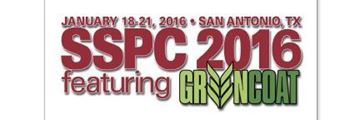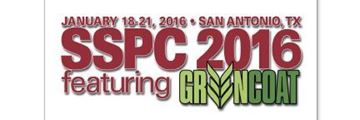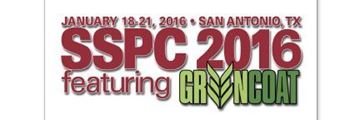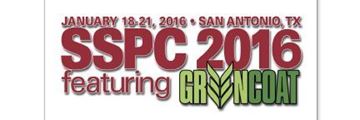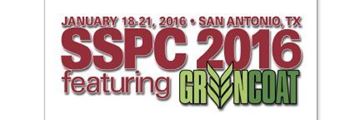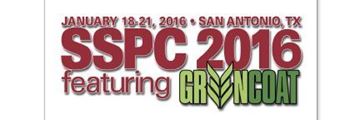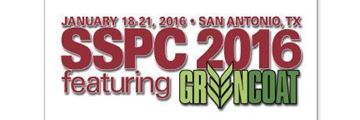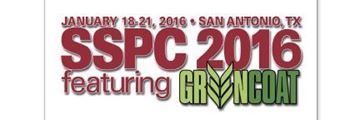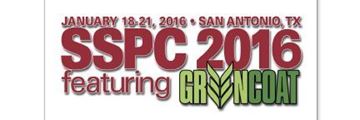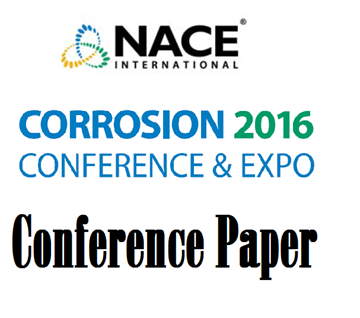Search
Products tagged with '2016 Conference Papers'
View as
Sort by
Display
per page
Myth or Fact: Higher Surface Profile Increases Coating Adhesion
Product Number:
41216-969-SG
Publication Date:
2016
$20.00
National Shipbuilding Research Program (NSRP) Surface Prep and Coatings (SP&C) Panel Project: Final Report: Reducing Inspection Costs Using the Latest Digital inspection Tools
Product Number:
51216-019-SG
Publication Date:
2016
$20.00
National Shipbuilding Research Program (NSRP) Surface Preparation and Coatings (SP&C) Panel 2016 Update
Product Number:
41216-999-SG
Publication Date:
2016
$20.00
New Developments in Fluorourthane Coatings for Bridges
Product Number:
41216-995-SG
Publication Date:
2016
$20.00
Novel Acrylic Epoxy Hybrid Coatings for Metal Protection Applications
Product Number:
41216-966-SG
Publication Date:
2016
$20.00
Painting Over Galvanizing Successfully by Using SSPC- Guide 19
Product Number:
41216-974-SG
Publication Date:
2016
$20.00
Pipings’ Kryptonite: Understanding Repair Options for Piping with Section Loss
Product Number:
41216-973-SG
Publication Date:
2016
$20.00
Pull-Off Adhesion Strength Testing of Lining Systems on Concrete: A Review of the Various Direct Tensil Test Methods Used for Severe Service
Product Number:
41216-992-SG
Publication Date:
2016
$20.00
Regulatory Update: Current and Emerging Trends in Occupational and Environmental Health
Product Number:
41216-975-SG
Publication Date:
2016
$20.00
Remaining Strength Of Corroded Pipe Direct Assessment Process
Product Number:
51316-7056-SG
ISBN:
7056 2016 CP
Publication Date:
2016
$20.00
Remote Data Integrity For Cloud Based Storage System
Product Number:
51216-010-SG
Publication Date:
2016
$20.00
Round-Robin Evaluation Of ISO 20340 Annex A Test Method
Product Number:
51316-6991-SG
ISBN:
6991 2016 CP
Publication Date:
2016
$20.00

